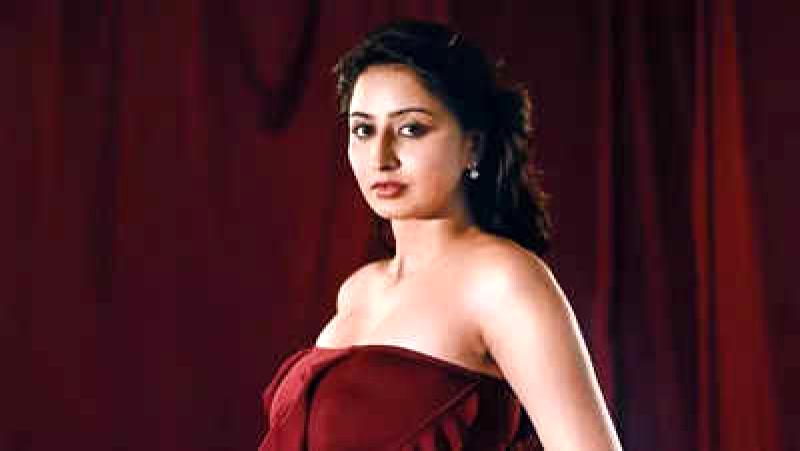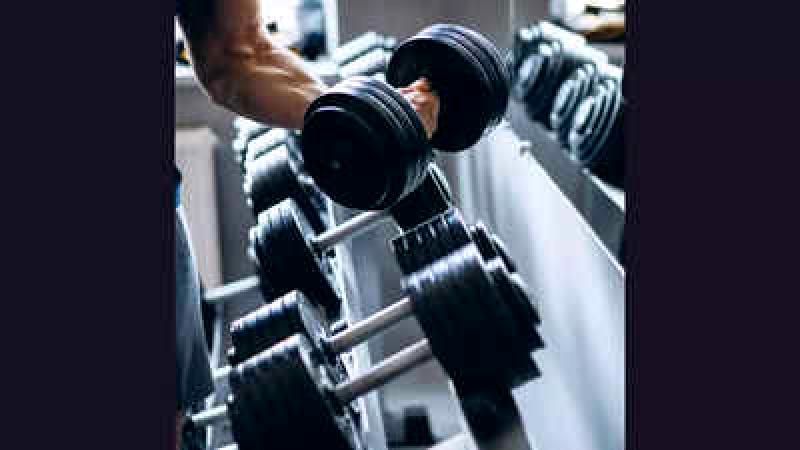
On screen, women in the Kannada film industry are hailed as 'sheroes'. However, behind the scenes, they continue to face challenges in establishing their presence and raising their voices. While their performances, attire, makeup, and hairstyles receive attention and praise, the women working behind the scenes struggle to access basic facilities such as washrooms on film sets. The issue of pay disparity is also prevalent in the industry, which has undergone significant changes in the past decade. There has been a noticeable increase in the number of women working on film sets, ranging from stylists to choreographers to cinematographers. Despite this progress, the industry environment remains predominantly tailored for men, prompting discussions about the necessity of inclusivity.
Female technicians in the industry are subdued by a patriarchal system, as revealed by a makeup artist. The makeup industry is largely controlled by male 'makeup dadas', with men dominating the makeup artist association. Female makeup artists often face condescension from their male counterparts, who believe they are superior due to their generational experience. Members of the association are paid as little as ₹2,000-3,000 per day, significantly lower than the ₹15,000-20,000 they could earn independently. While actresses increasingly request specific female makeup artists, they are often required to work alongside a male artist designated by the association. This dynamic can lead to uncomfortable situations on set, where the female artist may be confined to the makeup area in the caravan while the male artist assists the actress directly, even with tasks like adjusting clothing or applying makeup for cleavage.
Actresses like Vydurya Lokesh and make-up artistes are often only brought on for smaller projects, according to a screenplay writer. Producers frequently question whether a script is centered around women, assuming that women can only handle low-budget or non-commercial films. This preconceived notion leads to stereotypical genres being assigned to women in the industry. One producer even recommended that a female director should add a male director's name to attract audiences. Screenwriters and associate directors, such as Manasa Sharma, emphasize the need for a significant change in the industry from its foundation. Stylists, like Tejaswini Anjan Kumar, point out the lack of basic necessities provided to women on set, with instances of being neglected or replaced with male counterparts. While some actresses have the power to advocate for their team, many choose to remain silent to avoid complicating their careers.We require an increase in the number of female voices speaking up, especially in the field of voiceover. The inequality becomes apparent as women are given fewer lines in movies, resulting in less work for female dubbing artists compared to males. There is a noticeable lack of women-centric films currently. As a singer, it has been a considerable amount of time since a well-crafted solo song by a female artist was released; most songs feature duets or 'item songs'. It is essential to have more female representation on screen. — Sparsha RK, singer and voiceover artist.










